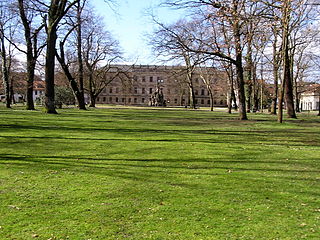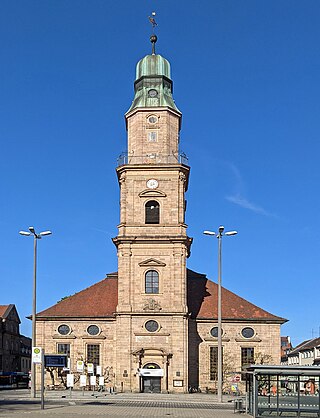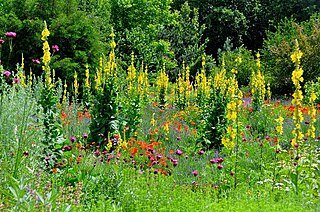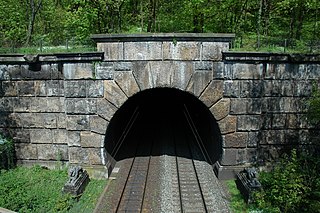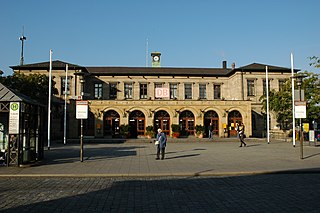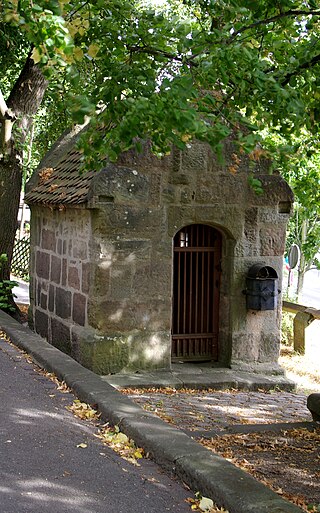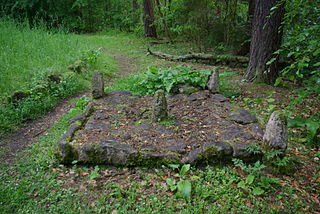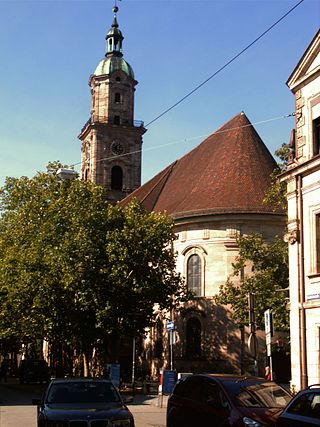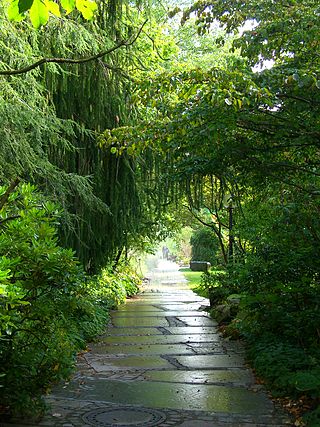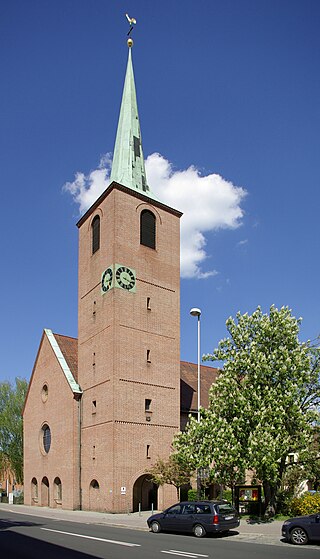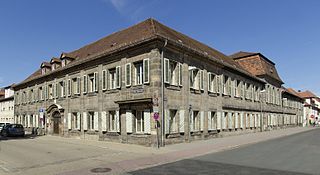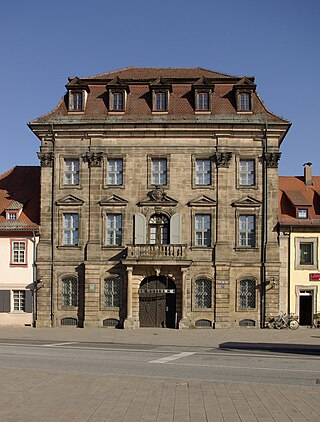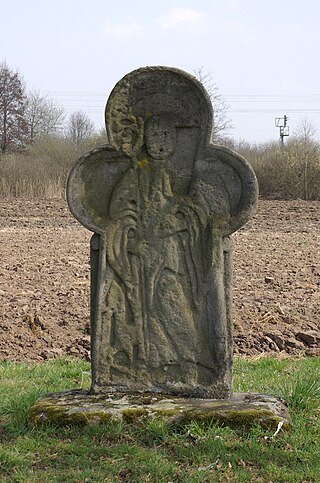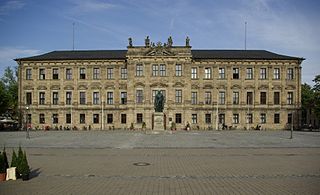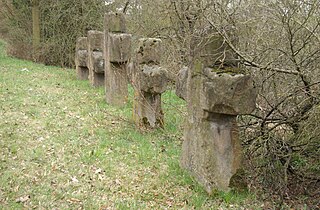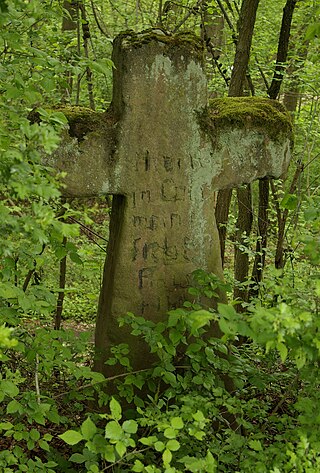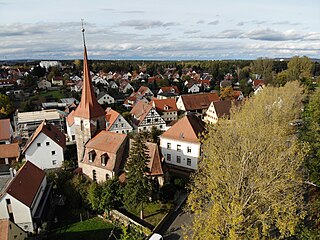26 Sights in Erlangen, Germany (with Map and Images)
Legend
Welcome to your journey through the most beautiful sights in Erlangen, Germany! Whether you want to discover the city's historical treasures or experience its modern highlights, you'll find everything your heart desires here. Be inspired by our selection and plan your unforgettable adventure in Erlangen. Dive into the diversity of this fascinating city and discover everything it has to offer.
Sightseeing Tours in Erlangen1. Kollegienhaus
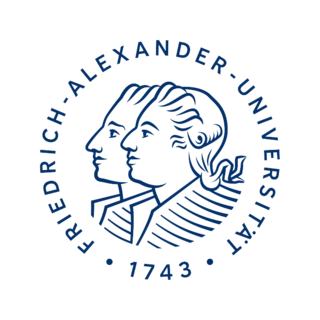
The University of Erlangen–Nuremberg is a public research university in the cities of Erlangen and Nuremberg in Bavaria, Germany. The name Friedrich–Alexander is derived the university's first founder Friedrich, Margrave of Brandenburg-Bayreuth, and its benefactor Alexander, Margrave of Brandenburg-Ansbach.
2. Schlossgarten Erlangen
The castle garden in Erlangen is considered one of the first baroque gardens in Franconia. In the garden, which has been open to the general public since 1849, the largest garden festival in Europe takes place every year with the Schlossgartenfest of the Friedrich-Alexander-Universität Erlangen-Nürnberg.
3. Hugenottenkirche
The Huguenot Church is the name given to the Evangelical Reformed Church in Erlangen. It was built between 1686 and 1693 according to the plans of Johann Moritz Richter. The construction was carried out in the course of the design of the Erlangen Neustadt, a baroque planned city. The tower dates from 1732 to 1736.
4. Kunstpalais
The Kunstpalais Erlangen is the successor institution of the Städtische Galerie Erlangen. Since 1974, this has been located in the Palais Stutterheim, which was built between 1728 and 1730 on behalf of and for Christian Hieronymus von Stutterheim and is located in the centre of the Huguenot city. After a two-year renovation phase, the Kunstpalais was opened in 2010 with an exhibition space doubled to more than 500 m² on the ground floor and basement of the Palais Stutterheim under the founding director Claudia Emmert.
5. Aromatic Garden
The Aroma Garden Erlangen is a public garden designed with aromatic plants at the Friedrich-Alexander-Universität Erlangen-Nürnberg. It is located in the middle of the city of Erlangen in the landscape conservation area at the Palmsanlage below the Ludwigsbrücke and the Schwabach. When the garden was opened in 1981 after two years of construction, it was the first garden of its kind in the world. Around 120 domestic and foreign aromatic plants grow on the 8,900 m² site, which form flavourings and are used as medicines, spices and cosmetic preparations.
6. Paulibrunnen
The Schloßplatz in Erlangen, together with the neighbouring market square, forms today's centre of the city. Together, they are part of the Erlangen pedestrian zone and the venue for numerous markets and festivals.
7. Nürnberg–Bamberg
The Burgberg Tunnel is a 306.65 metre long railway tunnel on the Nuremberg–Bamberg railway in the Middle Franconian city of Erlangen. The structure, which was inaugurated on 25 August 1844 and is now a listed building, is the oldest railway tunnel in Bavaria.
8. Bahnhof Erlangen
Erlangen station is located on the Nuremberg–Bamberg railway in the German state of Bavaria. It is the oldest railway station of the city of Erlangen and it is the only station in the city served by long-distance trains. It is classified by Deutsche Bahn as a category 3 station and has four platform tracks.
9. Herz-Jesu-Kirche

The Sacred Heart Church is the oldest post-Reformation Catholic church in Erlangen. It was built from a house of prayer from 1790 in two construction phases in 1849/50 and 1895, and in 1963/66 and 2008 far-reaching changes were made to the interior and furnishings during renovation work. Since 2006, the parish, together with St. Bonifaz and St. Sebald, has belonged to the parish association Erlanger Mitte in the Erlangen deanery of the Archdiocese of Bamberg.
10. Technikerschule Erlangen
The Erlangen Technical School is a municipal technical school in Erlangen that trains to become a state-certified technician. The fields of mechanical engineering, electrical engineering, information technology, environmental protection technology and renewable energies are offered.
11. Burgbergkapelle
The Burgberg Chapel is a small sandstone chapel on the Erlangen Castle Hill, just a few steps from the Bergkirchweih festival grounds. It is assigned to the district of the Evangelical Lutheran Old Town Church.
12. Kosbacher Altar
The Kosbach Altarpiece is a unique stone setting from the late Hallstatt period, 6th to 5th century. BC. It lies north of the Erlangen district of Kosbach in a larger burial mound field. The exact function and interpretation is unknown. The altar probably played a central role in the funeral ceremonies. Next to the altar is the reconstruction of the burial mound.
13. Kunstmuseum Erlangen
The Kunstmuseum Erlangen is a regional exhibition house, archive and museum for contemporary art in Erlangen. It is located in the Loewenich Palace. Since July 2016, the sponsor has been the city of Erlangen.
14. Altstädter Dreifaltigkeitskirche
The Old Town Church is the baroque church building of the Evangelical Lutheran congregation in the old town of Erlangen. Along with the Evangelical Lutheran Neustadt Church and the Evangelical Reformed Huguenot Church, it is one of the three large churches in Erlangen's city centre, whose towers still characterise the cityscape today.
15. Neustädter Kirche
Neustädter Kirche is one of three large downtown churches of the Baroque old town of Erlangen. Germany. The church is Lutheran. It dominates the town, together with the Reformed Hugenottenkirche and the Lutheran Altstädter Kirche.
16. Neischl-Grotte
The Botanical Garden Erlangen is a botanical garden, which is 2 hectares in size, maintained by the University of Erlangen-Nuremberg and located on the north side of the castle garden in the city center at Loschgestraße 3, Erlangen, Franconia, Germany. It is open daily except Monday.
17. St. Markus
The Evangelical Lutheran parish church of St. Markus in Erlangen is a post-war modernist church building that characterises the cityscape and has stylistic echoes of traditional Franconian sacred buildings. The church, named after the evangelist Mark, is now a listed building. Today, the St. Mark's parish is made up of around 4300 Protestant Christians in the east of Erlangen as well as in Buckenhof and Spardorf. The previously nameless square in front of the church has been called St. Mark's Square since 2018.
18. Egloffsteinsches Palais
The Egloffstein Palace is the largest Baroque aristocratic palace in Erlangen. The building with the addresses Friedrichstraße 17 and Südliche Stadtmauerstraße 28 was built in 1718 and today houses the adult education center of the city of Erlangen and the German-French Institute Erlangen.
19. Stutterheimsches Palais
The Stutterheim Palace is the most important Baroque aristocratic palace in Erlangen. It is located on the south side of the market square and was built between 1728 and 1730. Today it houses the Erlangen City Library and the Kunstpalais Erlangen.
20. Stadtmuseum
Stadtmuseum Erlangen, or Erlangen City Museum, is a municipal museum dedicated to the history of the city of Erlangen, Germany. The museum is housed in the former Old Town 'Rathaus', built in 1733/40, and an adjoining town house. Its courtyard serves as a venue for concerts, readings, film screenings, and other open-air events.
Wikipedia: Stadtmuseum Erlangen (EN), Website, Twitter, Facebook, Instagram, Youtube
21. Egidienstein
The Egidienstein, also called Egidiusstein, is a historic stone cross in the Erlangen district of Eltersdorf. The Bavarian State Office for the Preservation of Monuments lists it under the monument number D-5-62-000-846.
22. Schloss Erlangen
The Schloss Erlangen is a residence in Erlangen, built between 1700 and 1704 by George William, Margrave of Brandenburg-Bayreuth. Work was initially led by Antonio della Porta and after his death in 1702 by Gottfried von Gedeler. It was the first baroque building built from scratch in Franconia.
23. Kreuzstein
The Kreuzstein, also known as the Schwedenstein, is a late medieval stone cross in the Eltersdorf district of Erlangen. The Bavarian State Office for the Preservation of Monuments lists it under the monument number D-5-62-000-847.
24. Schwedensteine
The Keltschensteine, also known as Schwedensteine, are five late medieval stone crosses in a stone cross nest in the Bruck district of Erlangen. The Bavarian State Office for the Preservation of Monuments lists them under the monument number D-5-62-000-772.
25. Steinkreuz bei Frauenaurach
The Stone Cross near Frauenaurach is a historic stone cross in the Erlangen district of Frauenaurach. The Bavarian State Office for the Preservation of Monuments lists it under the monument number D-5-62-000-873.
26. St. Maria Magdalena
The listed Evangelical Lutheran parish church of St. Maria Magdalena is located in Tennenlohe, a district in the south-east district of the district-free city of Erlangen. The church is registered as an architectural monument in the Bavarian List of Monuments under the monument number D-5-62-000-921. The parish belongs to the deanery of Erlangen in the church district of Nuremberg of the Evangelical Lutheran Church in Bavaria.
Share
How likely are you to recommend us?
Disclaimer Please be aware of your surroundings and do not enter private property. We are not liable for any damages that occur during the tours.
